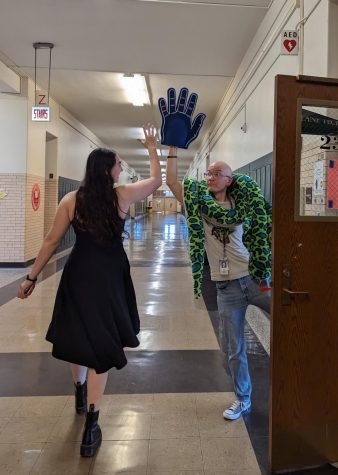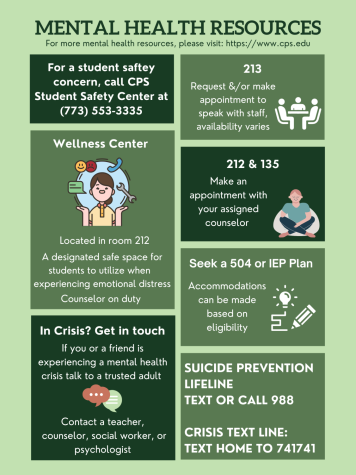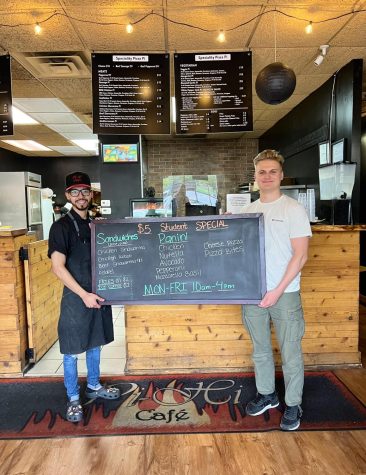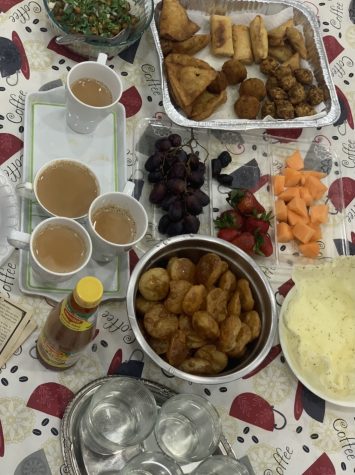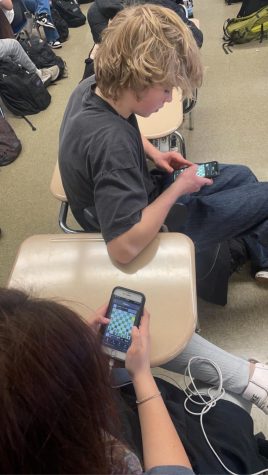Social media sets the tone for modern ‘dating’ climate
February 17, 2017
Lane’s hallways are bustling with students whose eyes are buried in their phones. Some are surfing their Instagram and Twitter pages, liking the latest posts. Others check to see if someone new has added them on Snapchat.
While technology has provided many comforts in people’s lives, some say it has created a dependency as well.
In recent years, people have advanced their communication with people online to a relationship level.
Social media apps such as Tinder, Bumble, and even Snapchat provide a more modernized platform for people to communicate with one another in both friendly and romantic fashions.
These new forms of communication don’t only apply to younger crowds, it’s a familiar subject that’s widely used by most of modern society.
Russell Hencinski, former Lane graduate from the class of ‘67, retired last year after teaching at Lane for 35 years. Throughout his teaching years he has seen students’ relationships evolve more with the addition of technology.
“Dating websites are, I think, OK because they cover all ranges [of people],” Hencinski said.
In 2016, 78 percent of Americans had a social network profile, according to a survey conducted by statista.com.
Whether it’s being in an actual relationship or just progressing into one, social media has made a huge impact on this advancement.
With young people meeting others on social media, it is less likely for one to muster up the courage to ask someone out in person.
“I think a guy messaging you is much different from a guy coming up to you and actually talking to you in person,” said Monica Zalewska, Div. 774.
When there is a screen between two people, some say it’s easier to talk one another and mask true emotion, resulting in a passive conversation.
When someone is angry with a person, more times than not there isn’t a phone call asking to talk over the issue. Instead they may receive a passive aggressive text message or see a “subtweet,” a tweet that vaguely describes someone without stating directly that it was about them.
Of course there are people who handle relationship-oriented issues in a healthy way, but in current society, passive aggressive actions are more common.
“Younger people don’t seem to take dating seriously anymore and it’s a little weird,” Hencinski said. “Teenagers and young people nowadays have social media, which makes the whole dating experience a tad less personable.”
Social media isn’t all so detrimental to the current dating scene, but it is a very new concept.
As our society is constantly changing, of course the dating scene does as well. Dating apps and social media have really made their marks on the current generation of young people.
“I guess it [social media] helps with communication but it takes away a lot of the emotional aspects of a relationship,” said Zalewska.
Apps such as Tinder and Bumble completely transform the dating sphere into a trial and error game. When two people “match” and start to talk, if they don’t like each other, neither is entitled to keep talking to them or even meet them. One can talk to a bunch of people without meeting them, and once they find who they want, then they meet with them.
Not wanting to be in a relationship as a young person isn’t such a horrible thing, but it can be confusing.
“Social media is great — it brings people closer to one another in a shorter amount of time,” said Jami Allen, Div. 850. “I can see where it [social media] gets a bad reputation, but that’s just because it’s new and sometimes people don’t like change.”
Teenagers today call the phase before someone dates “a thing.” This is when two people are exclusive with one another, but don’t have the title of “dating.”
“I feel that having a ‘thing’ with someone can be good and bad,” Zalewska said. “It’s good because it’s more laid back and not as serious, but on the other hand actually dating someone is better because you both are on the same page and know exactly how the other person feels.”



